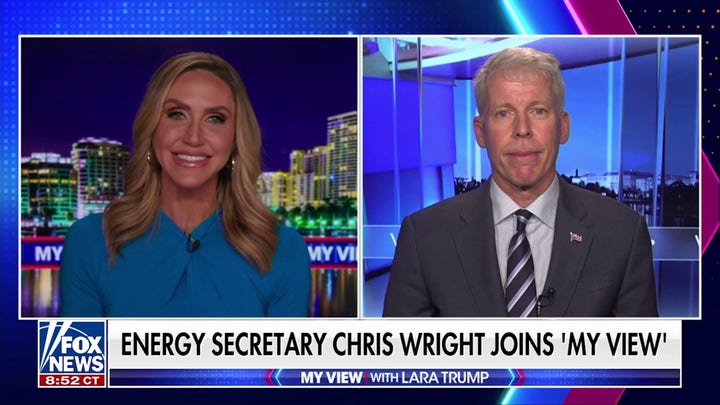Energy chief envisions US nuclear renaissance: restoring ‘pit’ production, localizing nuke power
WASHINGTON – In a wide-ranging interview last week, Energy Secretary Chris Wright discussed how the U.S. can bring nuclear power to the fore for both energy and defense purposes, starting with rebooting otherwise dormant 'pit' production.
Under the first Trump administration, the National Nuclear Security Administration (NNSA) sought to meet the Pentagon’s goal of manufacturing 80 such pits – spherical hulls of plutonium sized from a grapefruit to a bowling ball – according to the UK Guardian.
Wright suggested he wants to see the plan realized, as the same Energy Department laboratory in New Mexico where J. Robert Oppenheimer helped develop the atom bomb is reportedly working to return to earnest pit production.
The U.S. has never imported plutonium pits but also hasn’t done any such major manufacturing since the end of the Cold War.
'But those existing weapons stockpiles, like anything else, they age with time. And so, we've realized we’ve got to restore the production of plutonium pits in our complex,' Wright said.
'We’ve built one in the last 25 years, and we'll build more than 100 during the Trump administration,' he pledged.
Bolstering pit production along with a less military-minded nuclear technology are a priority of Wright’s tenure, he said.
Wright said he is working to reopen the shuttered Palisades nuclear power plant in southwestern Michigan, which closed a few years ago.
Another major plant, Indian Point on the Hudson River opposite Haverstraw, N.Y., that had helped power New York City was notably closed under then-Gov. Andrew Cuomo. There has been little effort there, however, to see a reopening.
In addition to the large-scale plants, Wright said the Energy Department seeks to forward SMR or Small Modular Reactor technology, which he said could be groundbreaking in terms of powering underserved communities and important or sensitive sites that may be far from established large-scale plants.
'Nuclear weapons and nuclear power started in the United States. We built a whole bunch of power plants. And by the mid-80s, we essentially stopped building them,' he said.
'Part of our goal is to bring this to make it more efficient to build things in America again. But one thing with nuclear technology is things that you have to build on-location have become slower to build, and therefore way more expensive to build.'
SMRs alleviate that pressure, as materials needed to build the plants can be shipped and assembled on-site on a much smaller scale, but with a potential for per-capita greater power output.
Unlike 'stick-building a house' in terms of a large-scale plant, implements for an SMR can be made in a factory and are more mobile.
A data center, military base or state concern could essentially file to have an SMR installed on-site, giving a greater domestic power source and a better overall grid.
'There’s great private capital, capital that's been around the innovations to design these plants. But again, you got this slow-moving, bureaucratic central government that's still got to permit them and allow them to approve. So the nuclear renaissance has been talked about for years. And the Trump administration were actually going to start it,' Wright said.
'That is, simplifying the regulatory regime. We just sent out a request for a proposal to fund efforts to speed these along. And actually there was a similar one sent out a while ago for the Biden administration. They hadn't gotten responses back.'
States that seek to benefit from SMRs have been vocal in support of that technology.
Alaska Gov. Mike Dunleavy signed a bill in 2022 seeking to promote the construction of SMRs, saying that 'micronuclear technology has a potential role to play in providing low-cost, reliable power for communities, remote villages and resource development projects.'
'This bill will update state law to allow us to pursue the possibilities.'
Asked about opposition to nuclear energy, including the closure of Indian Point, Wright said that like almost any other topic, it is vulnerable to politicization.
'It just makes no sense at all,' he said. 'It has by far been the safest way to produce energy in the entire history of the American nuclear industry.'
'I know exactly how many people have died from nuclear energy: Zero.'
Wright said nuclear power has an 'incredibly small footprint,' and echoed President Donald Trump’s criticisms of relying too heavily on wind and solar.
'You get the energy whether the sun is shining or the wind is blowing. But like any industry, it needs to be alive and vigorous so that supply chain is going; and not building nuclear plants in our country for decades means we've lost that industrial capacity. So, we’ve got to stand it back up again.'


